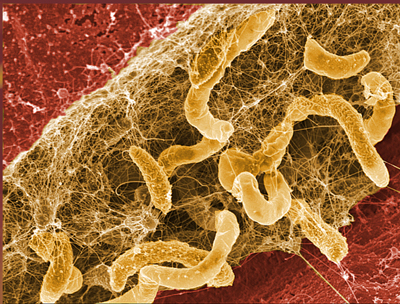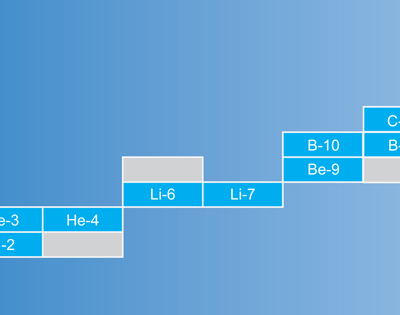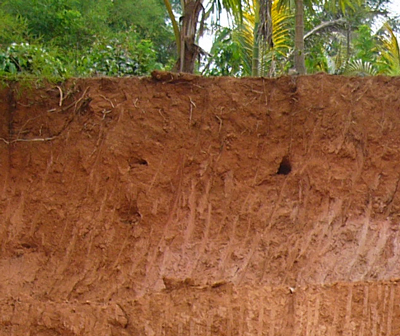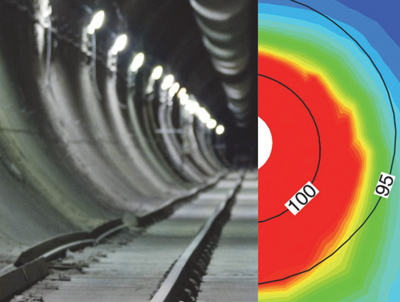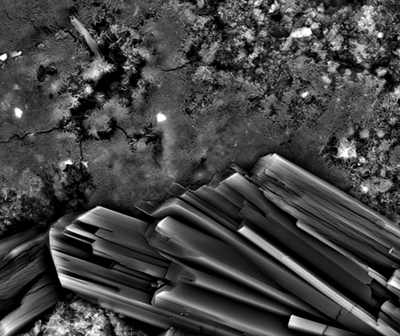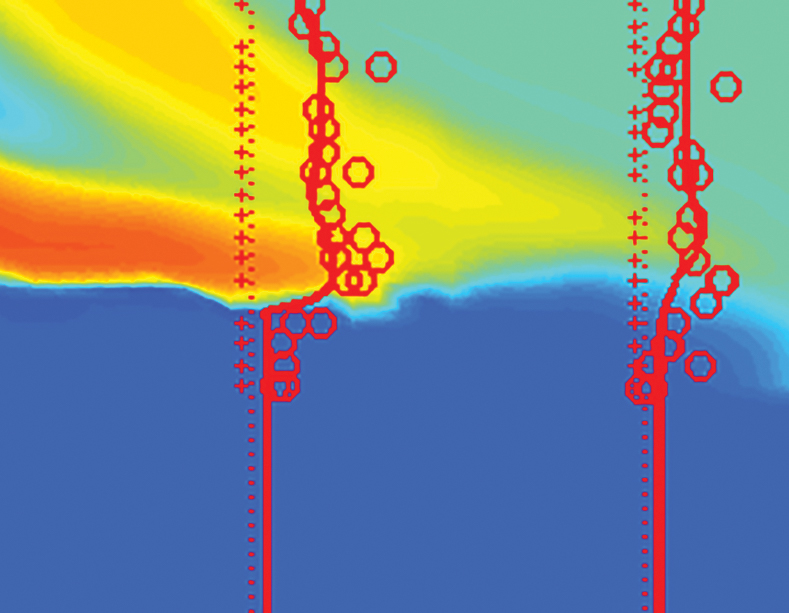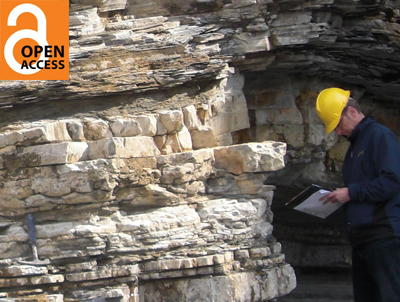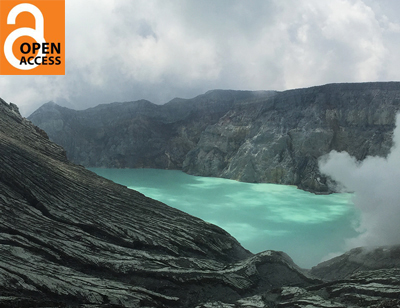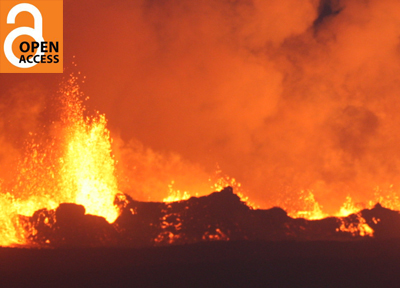Reactive Transport Modeling of Microbial Dynamics
Reactive transport modeling of microbially mediated processes has contributed significantly to an improved understanding of elemental cycling in Earth’s near-surface environments. We describe key characteristics of microbial reactive transport models, recent advances in modeling approaches, and the application of such models to terrestrial and marine environmental problems. We introduce relevant case studies and discuss ways to integrate omics data (e.g., genomics, proteomics, metabolomics) that can inform and validate microbial reactive transport models, thereby improving our ability to address some of the grand challenges in a changing world.
Reactive Transport Modeling of Microbial Dynamics Read More »


